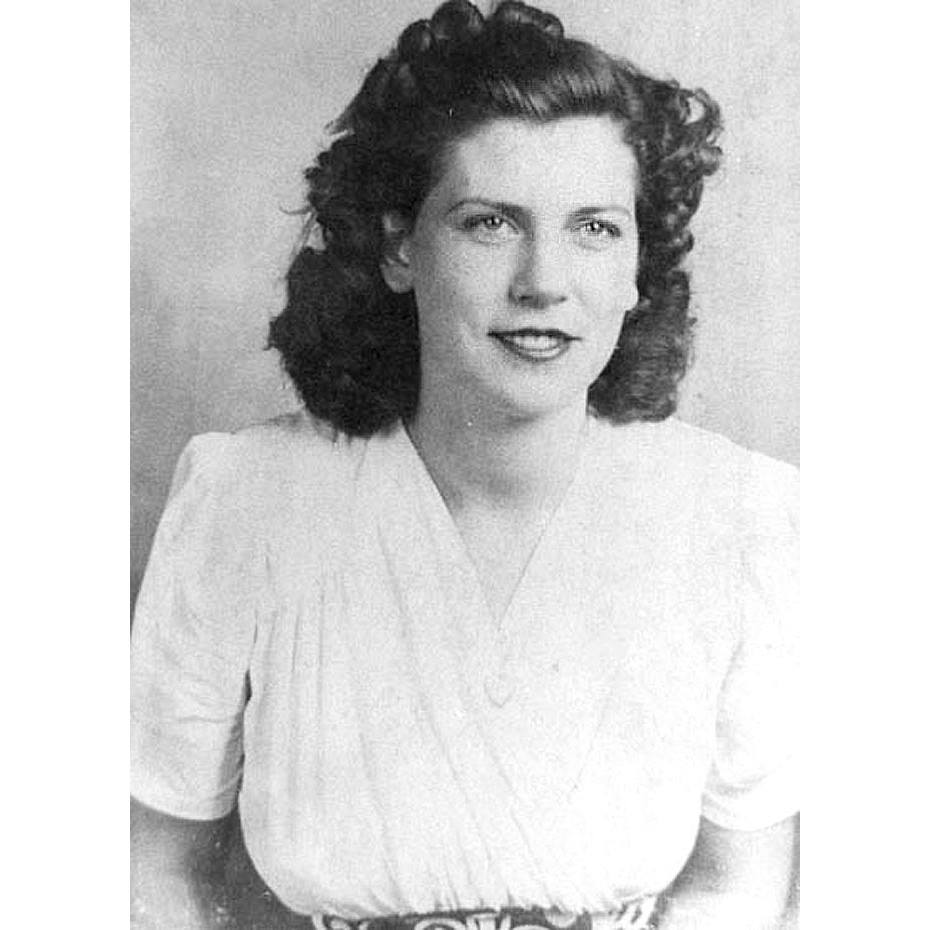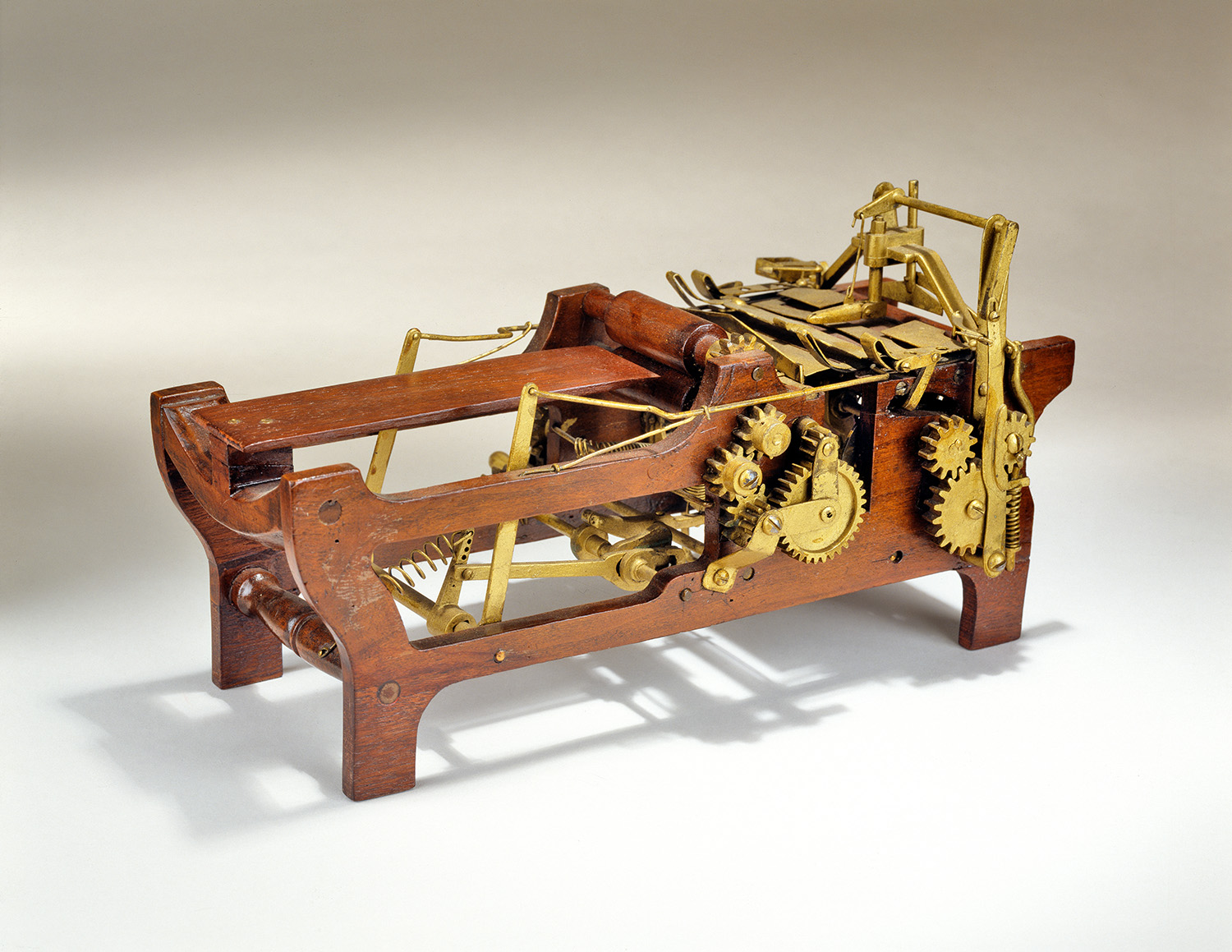
(Source: Shutterstock)

There was an “unconstructed taco” dinner here recently that led to finding Budweiser’s turn of the century “Real Men of Genius” series of ads on YouTube and the one saluting “Mr. Giant Taco Salad Inventor.”
The series had also celebrated Mr. Grocery Store Cart Wrangler and Mr. Fantasy Football Manager Guy, among others.
I checked ChatGPT for its own list of “genius inventors.” How many would be women?
Of course, none of the Budweiser picks is on ChatGPT’s short list. But none is a woman either.
Striking out, I asked for “genius women inventors.” The abridged 10 include several we know: Hedy Lamarr, who invented what became WiFi and Bluetooth; Rosalind Frank, whose work proved DNA’s double-helix structure; and of course, Marie Curie.
On the non-gender-specific list is “various inventors” of the personal computer, naming only Steve Jobs and Bill Gates specifically.
But on the women’s list is U.S. Navy Rear Adm. Grace Hopper, co-inventor of the plain-English-style computer programming language that led to COBOL and the approach to subsequent coding languages used in iOS, macOS, ChromeOS, Android and MS-DOS.
Stephanie Kwolek, a chemist, invented Kevlar.
And there is Dr. Chien-Shiung Wu, a physicist who contributed to the Manhattan Project by separating isotopes 235 and 238 from uranium and later conducted the “Wu Experiment” that found parity is not conserved in a weak interaction.
The findings of the Wu Experiment were awarded a Nobel Prize.
But not for Wu.
It turned out that her work—like Franklin’s—was dismissed by the prize committee, which awarded her male colleagues for it in 1957. Similarly, in 1962, Franklin’s male colleagues won the prize for her proof of DNA’s double-helix structure.
Moving on, though, on ChatGPT’s short list of genius women inventors is one whose work, like Lamarr’s WiFi and Bluetooth, is universally appreciated today.
The genius: “Ms. Flat-Bottomed Paper Bag Inventor.”
Margaret Knight received a patent in 1870 for the threefold-and-glue process that created mass-manufacturing of the flat bottom and, according to different sources, either was the first woman to request and receive a patent or was the first woman to do so without disguising her gender by using only first and middle initials.

She applied as Margaret E. Knight.
The machinist she hired to build her metal prototype that was needed for her patent application used his work to apply for the patent in his own name. Providing the prototype she made of wood and additional evidence—sketches, tests and inspiration—Knight prevailed in court.
She had gone to work to help support her family when she was 12, missing out on receiving any further formal education. That appears to have not daunted her, just as she was undaunted when needing to defend her work in an extended court battle.
Today, fewer than 10% of U.S. “primary inventor” patent-holders are women, according to a Smithsonian Magazine article about Knight’s work. A functioning version of her flat-bottom bag machine is in Smithsonian’s National Museum of American History.
The National Inventors Hall of Fame, when inducting Knight in 2006, reported, “Between 1870 and 1915, [she] was granted patents for at least 26 inventions, ranging from a window frame to a sole-cutting machine for shoemaking to a compound rotary engine.”
The American Society of Mechanical Engineering celebrated Knight’s invention in 2012, reporting, “The cars are nice. The cell phones cool. Electricity, indeed, helps us get things done. But where would we be without the foldable, flat-bottomed bag?”
A vintage bag manufactured by what was the Union Paper Bag Machine Co. in Pennsylvania at the time is part of the Museum of Modern Art’s architecture and design department.

MOMA noted in an article on it, “Many examples of good design have become so ubiquitous that we tend to gloss over the innovations they embody. Flat-bottomed grocery bags—humble objects incorporating design principles fundamental to the way we inhabit the modern world—are a case in point.”
Knight is named by MOMA as the work’s artist.
Today, the Nobel committee regularly awards prizes to women.
And Budweiser’s “genius” commercials evolved in 2020 to include women in a four-ad-only pandemic series, “Stay at Home Humans of Genius.”
The salutes are to the Creative Recipe Sharer (“Your inspiration has no expiration.”), the Balcony Sing-Along Starter, the Air High-Five Inventor (“Thanks to your pioneering vision, we spread good vibes to each other. And good vibes only.”) and the Indoor Sports Maker-Upper.
The late Wu’s unyielding advocacy was for teaching STEM subjects in schools—and to all genders.
Let’s be certain to share that with the next generation of inventors and pioneers.
A start: Two children’s books feature Knight and her flat-bottom bag invention, “Marvelous Mattie” (2006) and “In the Bag!: Margaret Knight Wraps it Up” (2013).
Pass it on.
To see the full list of Hart Energy's 2024 Influential Women in Energy, click here.
Recommended Reading
Phillips 66 Posts Strong 2Q Results Amid Boardroom Battles
2025-07-25 - Phillips 66 beat revenue market estimates in second-quarter 2025, despite public boardroom battles and ongoing discussions to determine company strategy.
After CEO Shake-Up, Civitas Targets Efficiency in Permian, D-J
2025-08-08 - Civitas has replaced its CEO while doubling down on its core strategy in the Permian and D-J basins. It’s also testing co-development across multiple Midland Basin benches, ranging from the Middle Spraberry to the deep Wolfcamp D.
Oxy Sells Permian Assets Valued at $950MM to Reduce Debt
2025-08-06 - Occidental Petroleum said it has agreements to sell non-core Permian Basin assets, including midstream infrastructure, as it pushes debt reduction following its acquisition of CrownRock for $12 billion last year.
Oxy Efficiency Drives $150MM in Cost Savings
2025-08-08 - Occidental Petroleum CEO Vicki Hollub says 2025 cash flow from operations is close to $3 billion, similar to the first half of 2024 when oil prices were higher.
Antero Names Michael Kennedy as New CEO Amid Executive Changes
2025-08-14 - The company’s former CFO Michael Kennedy has been appointed CEO of Antero Resources and Antero Midstream. Paul Rady has stepped down from his roles as CEO, president and chairman of both companies.
Comments
Add new comment
This conversation is moderated according to Hart Energy community rules. Please read the rules before joining the discussion. If you’re experiencing any technical problems, please contact our customer care team.






